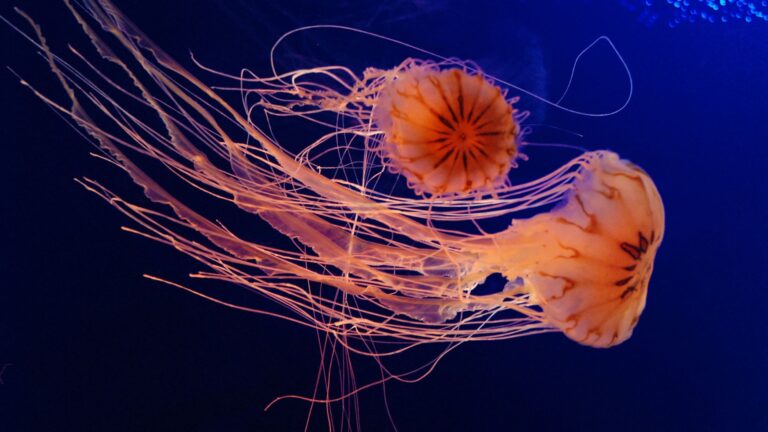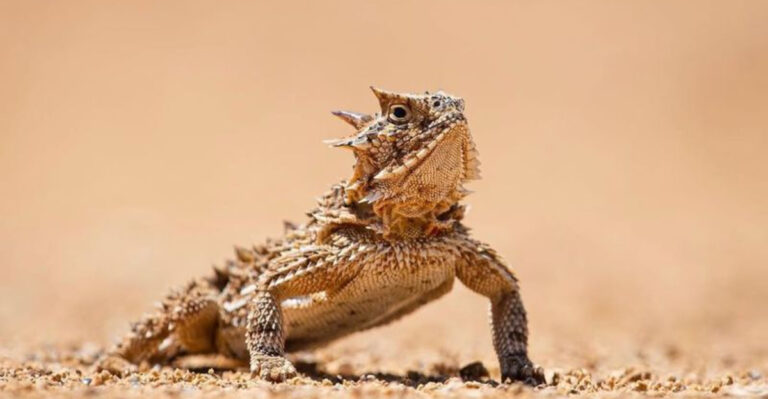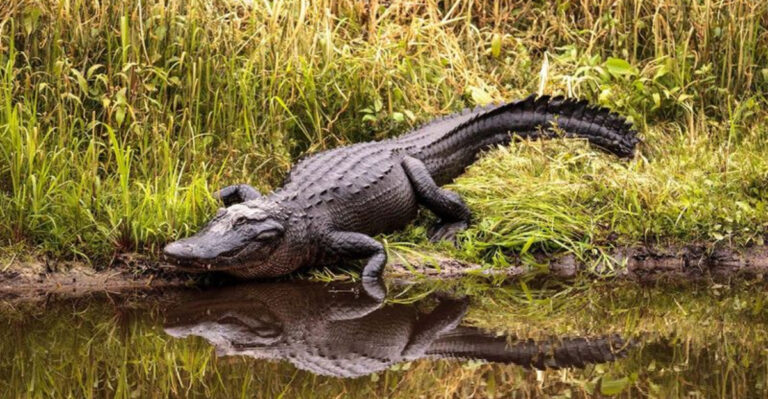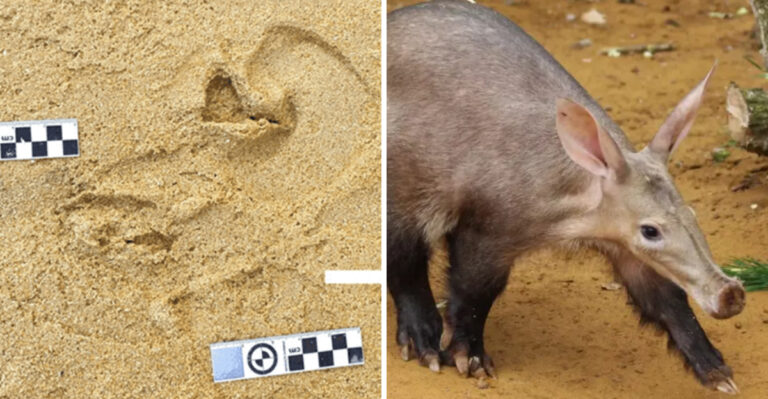How Florida’s Fossils Expose A Different Ancient World
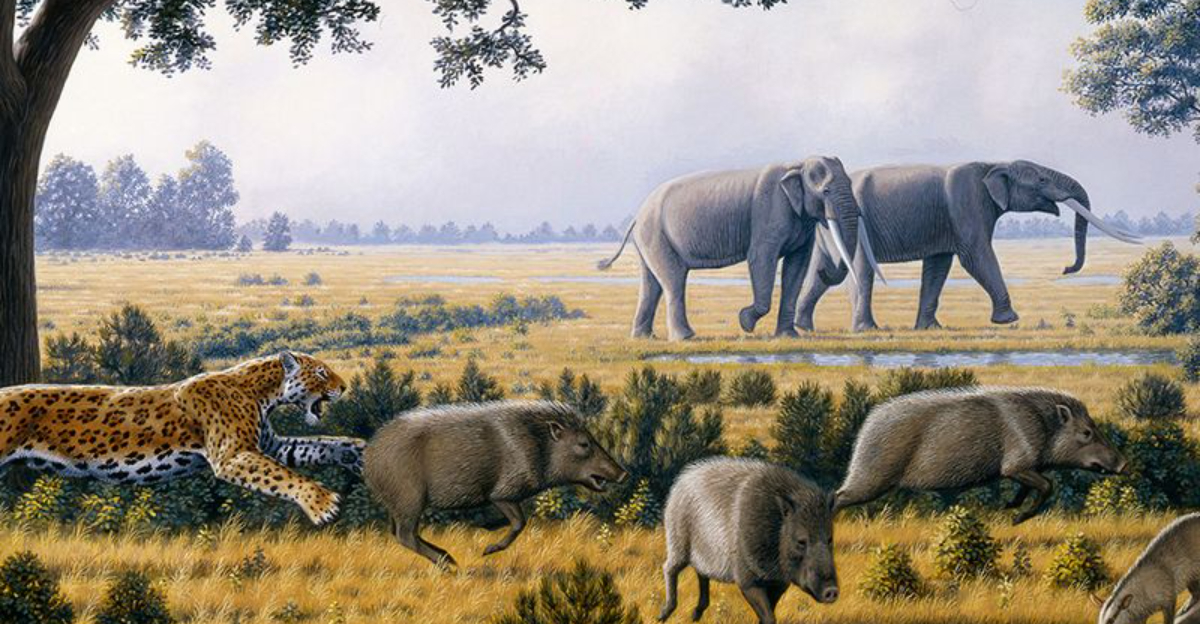
Beneath Florida’s sandy beaches and swaying palm trees lies a hidden prehistoric world. Millions of years ago, the Sunshine State looked nothing like it does today – it was a wild landscape of strange creatures and dramatically different ecosystems.
The fossils discovered throughout Florida tell an amazing story of evolution and environmental change that might surprise even longtime residents.
The Shocking Discovery Of Massive Marine Reptiles In Central Florida
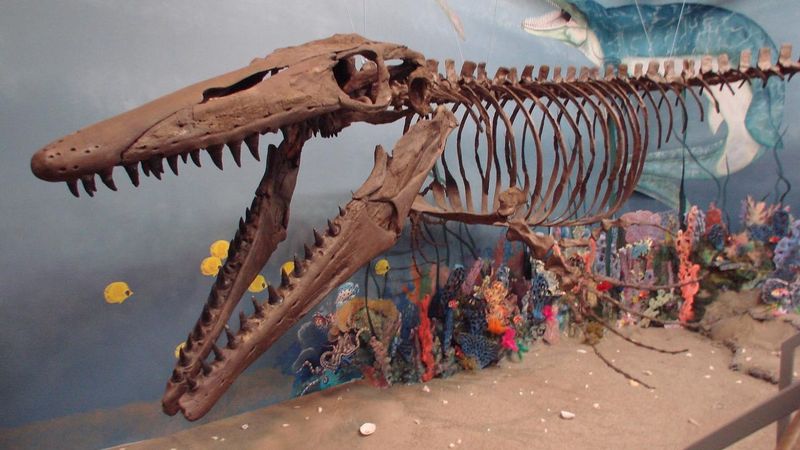
Paleontologists uncovered the remains of mosasaurs—giant marine lizards reaching lengths of 50 feet—in limestone quarries near Orlando. These fierce predators ruled Florida’s ancient seas 70 million years ago when much of the state was underwater.
Their massive jaws and razor-sharp teeth crushed through shells and tore apart prey with terrifying efficiency. The fossils include vertebrae larger than softballs and teeth as big as bananas.
Finding these ocean monsters so far inland proves Florida was once completely submerged beneath a warm, shallow sea teeming with prehistoric life unlike anything swimming in today’s oceans.
When Florida Was Home To Giant Ground Sloths
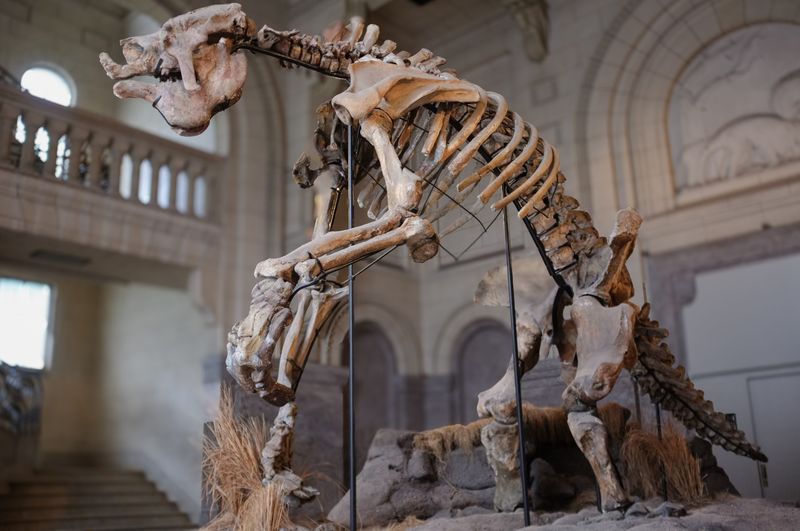
Imagine encountering a sloth the size of an elephant! Eremotherium, a giant ground sloth that stood 20 feet tall on its hind legs, once lumbered across Florida’s landscape. These gentle giants weren’t the slow-moving creatures we know today.
Their massive claws weren’t for climbing trees but for pulling down branches and digging for roots. Fossil remains have been discovered in sinkholes and rivers throughout Florida, particularly in places like the Aucilla River.
Kids visiting the Florida Museum of Natural History can stand beside reconstructed skeletons of these impressive beasts and marvel at how different the local wildlife was just 10,000 years ago.
The Bone Valley Formation Reveals An Ancient Shark Paradise
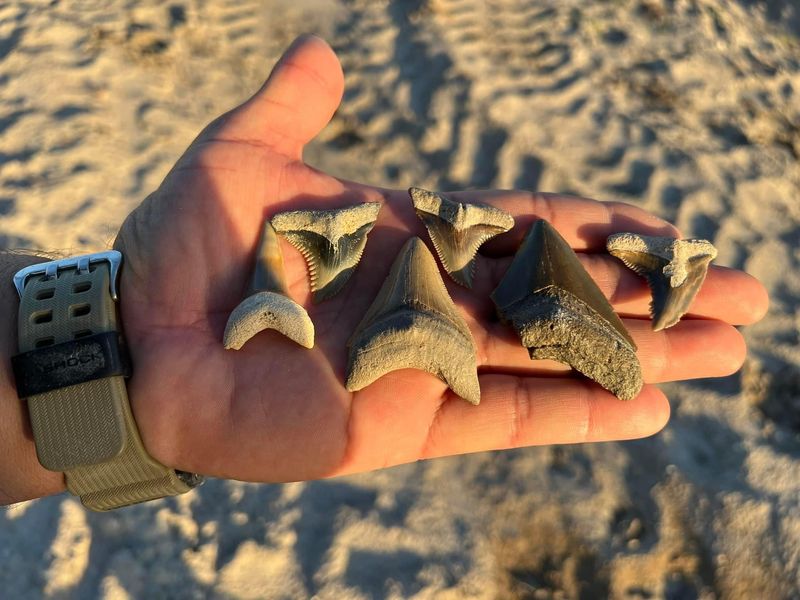
Central Florida’s Bone Valley wasn’t always dry land. Millions of years ago, this region near present-day Lakeland was a shallow sea filled with more sharks than anywhere on Earth today!
Phosphate mining operations have uncovered countless shark teeth, revealing over 70 different species that once swam here. Some belonged to extinct sharks we never knew existed until miners dug them up.
The incredible density of fossils suggests this area was possibly a massive shark nursery where countless generations came to give birth in warm, protected waters. Walking these mines today feels like stepping into the pages of a prehistoric ocean guidebook.
Ancient Horses That Rewrote Evolutionary History
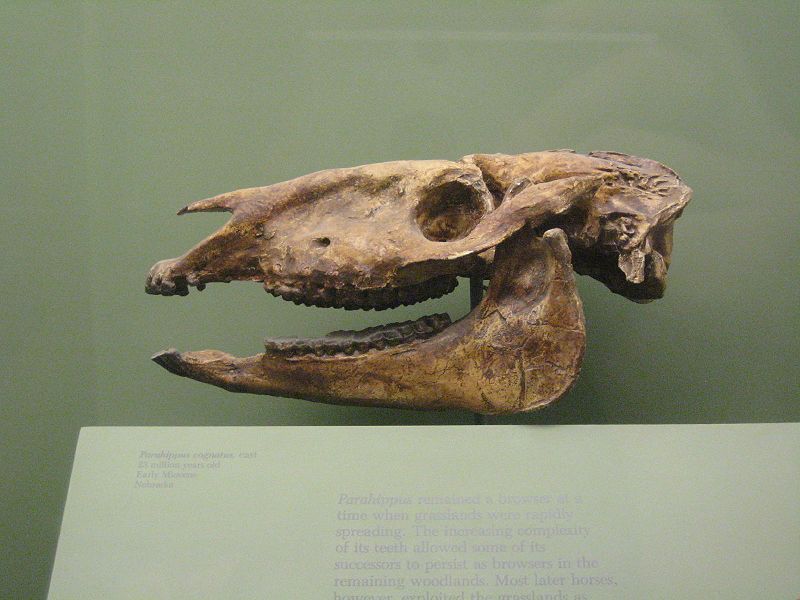
Florida’s fossil record contains a surprising twist in horse evolution. The Thomas Farm site near Gilchrist County yielded remains of Parahippus, a three-toed horse smaller than a pony that grazed Florida’s ancient savannas 18 million years ago.
These fossils capture a crucial moment when horses were transitioning from forest browsers to grassland grazers. Their teeth show the beginning adaptations for eating tough grasses rather than soft leaves.
Most amazing of all? Florida has more complete fossil records of horse evolution than the American West, traditionally considered horse evolution central.
These discoveries forced scientists to reconsider where and how modern horses developed their distinctive features.
The Surprising World Of Florida’s Ancient Elephants
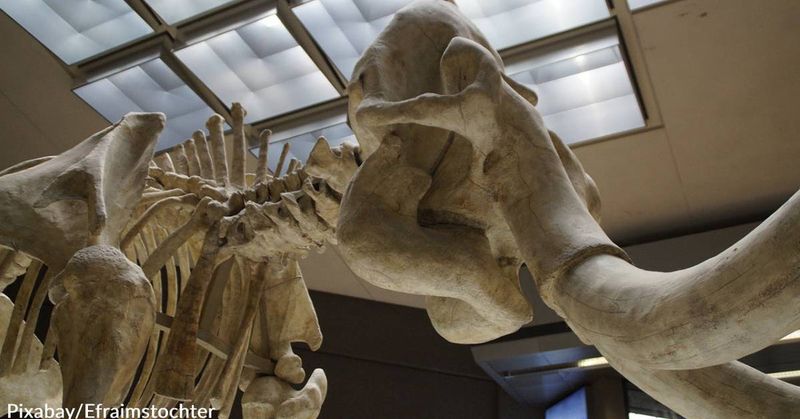
Woolly mammoths might get all the ice age fame, but Florida had its own elephant superstars! Gomphothere fossils reveal elephant-like creatures with four tusks—two pointing downward from the upper jaw and two extending from the lower jaw.
Unlike today’s elephants with their flexible trunks, these bizarre beasts used their shovel-like lower tusks to scoop up water plants. The famous Vero Beach site uncovered gomphothere remains alongside human artifacts, suggesting Florida’s earliest humans hunted these magnificent creatures.
Even more astonishing, mastodon remains pulled from Florida’s underwater caves show cut marks from human tools, providing rare evidence of ancient hunting practices preserved in perfect underwater conditions.
Fossils Show Saber-Toothed Cats Once Roamed The Sunshine State
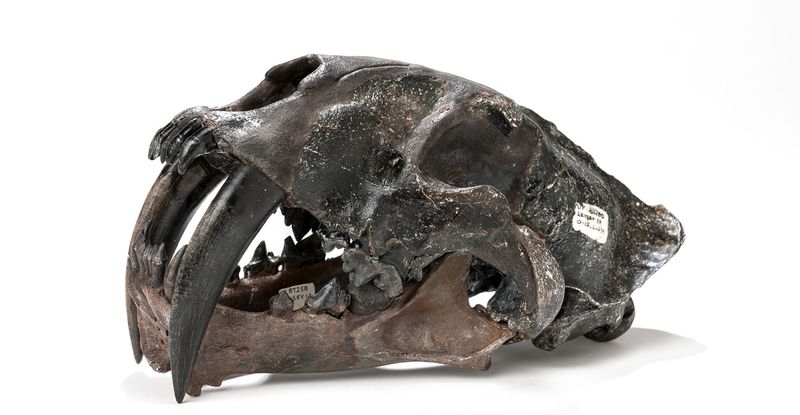
Long before Florida panthers, saber-toothed cats stalked prey across the peninsula! Smilodon fatalis fossils discovered in places like Leisey Shell Pit near Tampa reveal these magnificent predators had canine teeth reaching 7 inches long.
Unlike modern cats that kill with a throat bite, these prehistoric hunters likely used their sabers to deliver devastating slashing wounds to large prey. Scientists studying their bones found evidence of terrible injuries that had healed – showing these cats survived despite broken bones and serious wounds.
The abundance of their remains suggests Florida’s ancient grasslands supported large populations of these iconic ice age predators until their extinction roughly 10,000 years ago.
Florida’s Prehistoric Rivers Teemed With Crocodile-Like Beasts
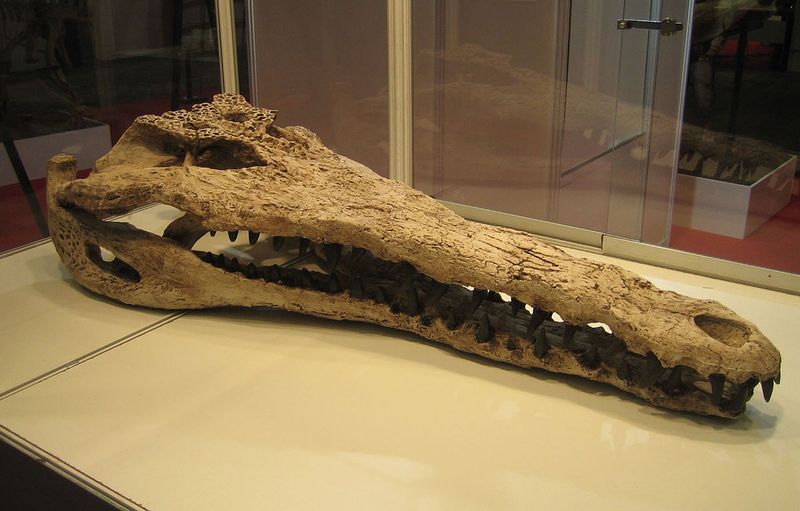
Move over alligators – your prehistoric cousins were way scarier! Fossil sites along the Peace River have yielded remains of Gavialosuchus, a 30-foot marine crocodilian with a narrow snout perfect for snatching fish.
Unlike modern gators that rarely venture into saltwater, these ancient reptiles patrolled both Florida’s coastlines and rivers. Their fossilized stomach contents reveal they feasted on sea turtles and large fish.
Amateur fossil hunters regularly find their distinctive teeth while sifting river sediments. The abundance of these remains suggests these massive predators dominated Florida’s waterways for millions of years, creating an ecosystem vastly different from today’s relatively tame rivers and springs.
Tropical Coral Reefs Once Covered Parts Of Inland Florida
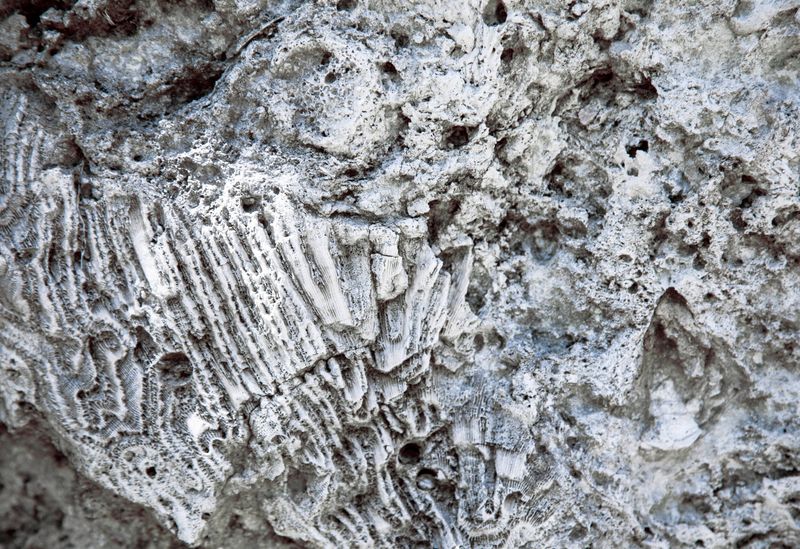
The rolling hills of Florida’s interior hide an underwater secret – they were once vibrant coral reefs! The Ocala Limestone Formation, now exposed in quarries and sinkholes across central Florida, contains perfectly preserved coral structures from 40 million years ago.
Examining these ancient reefs reveals a tropical marine ecosystem teeming with bizarre creatures long extinct. Tiny sea urchins, strange mollusks, and early forms of sand dollars left their remains embedded in the limestone.
The presence of these fossils so far inland demonstrates how dramatically Florida’s shoreline has shifted over time. Areas now hundreds of feet above sea level were once submerged beneath crystal-clear waters bustling with marine life.
Megalodon Teeth Found Deep Inside Florida’s Phosphate Mines
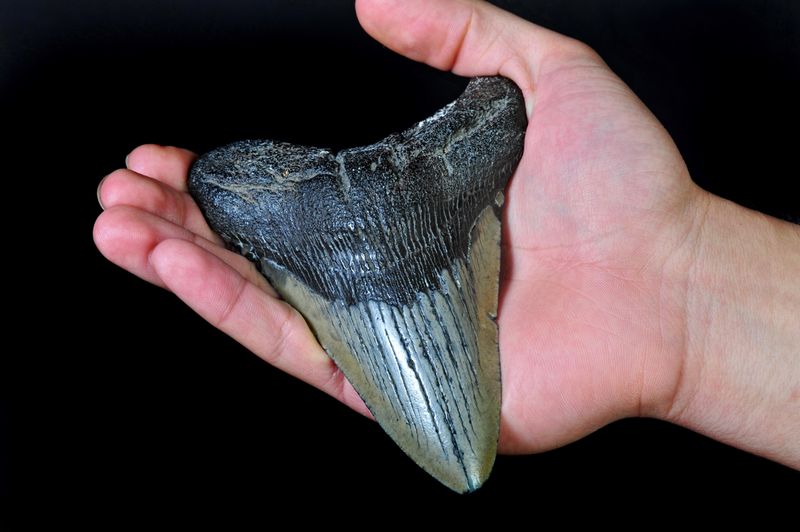
Florida holds the record for the largest megalodon tooth ever found – a massive 7.25-inch serrated blade unearthed in a phosphate mine near Polk County! These enormous shark teeth reveal predators that reached lengths of 60 feet, dwarfing today’s great white sharks.
Miners regularly uncover these prehistoric treasures while digging for phosphate used in fertilizer. The teeth’s excellent preservation allows scientists to study growth patterns and feeding behaviors of these ocean monsters.
Chemical analysis of Florida megalodon teeth has revealed surprising insights about ancient ocean temperatures and how these apex predators migrated along prehistoric Florida coastlines, following prey and possibly using the area as breeding grounds.
Camels And Rhinos Once Wandered Across Florida’s Grasslands
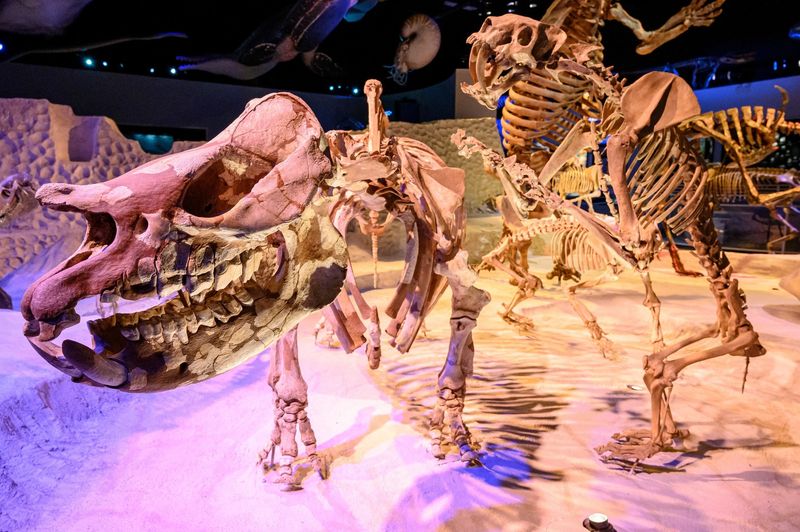
Florida was once home to animals we now associate with Africa and Asia! The Hemphillian Fauna fossils from Love Bone Bed in Alachua County include remains of rhinos, camels, and even giraffe-like creatures that roamed Florida between 5-10 million years ago.
These weren’t exactly the same as modern species. Florida’s ancient camels had shorter necks and were built for speed across open grasslands. The rhinos lacked horns but had large, plow-like lower jaws for scooping up plants.
Climate change gradually transformed Florida’s environment, making it unsuitable for these magnificent beasts. Their fossilized footprints preserved in ancient mud suggest they traveled in herds, much like their modern relatives.
How Fossilized Shells Reveal Ancient Sea-Level Swings And Climate Change
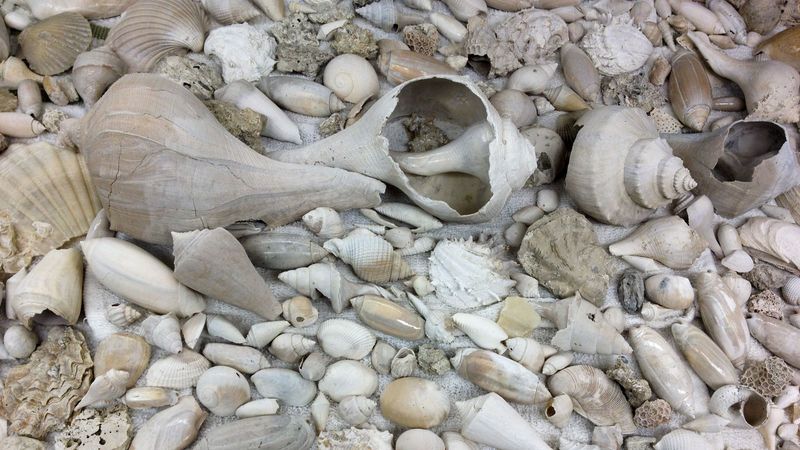
Tiny shells tell Florida’s biggest climate story! Millions of fossilized clamshells, snails, and sand dollars form entire layers of rock throughout Florida, creating a detailed record of past sea levels and climate shifts.
Scientists studying shell beds near Sarasota discovered evidence of at least 13 major sea-level rises and falls over the past 5 million years. During the highest periods, nearly all of Florida was underwater except for a few small islands.
These fossil shells also reveal how ocean temperatures changed over time. The presence of certain tropical species indicates warm periods, while their disappearance marks cooling trends – creating a prehistoric thermometer that helps scientists understand natural climate cycles.

